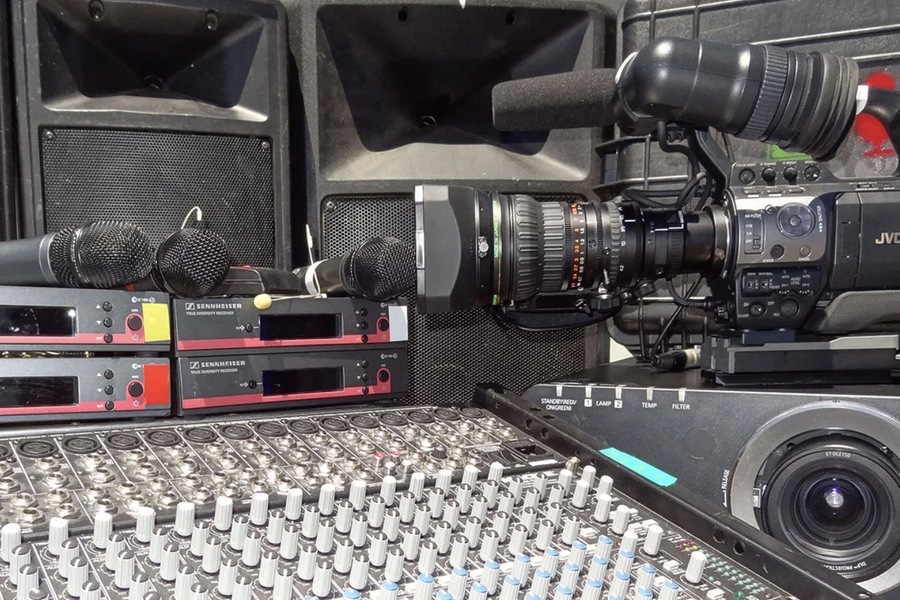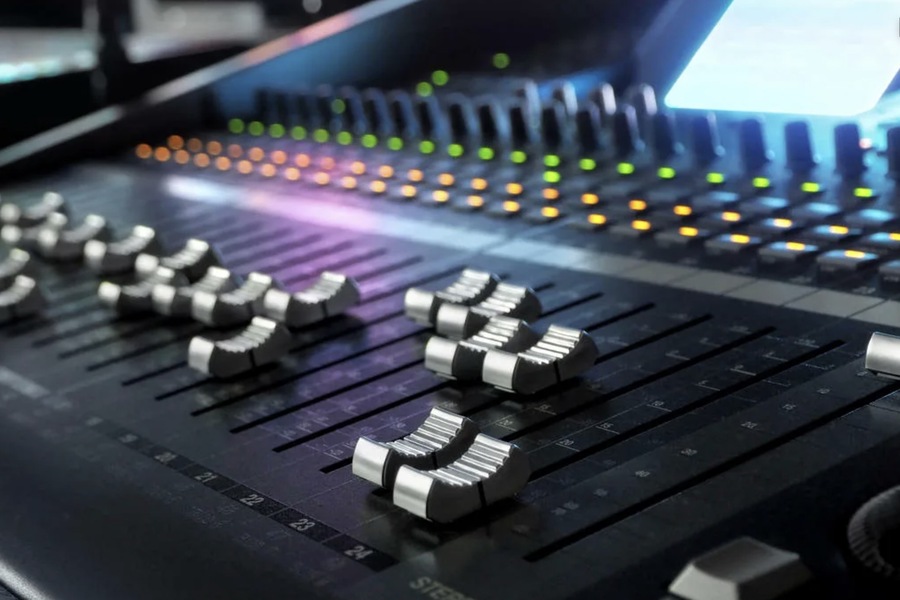Planning an event that dazzles without draining your budget may seem impossible, but with the right strategies, it can be achieved. A well-executed event doesn’t need an exorbitant budget; it requires creativity, efficient planning, and smart resource management. Whether you’re organizing a corporate gala or a community gathering, this guide will help you craft the perfect budget-friendly event of the year while making the most of resources like audio visual equipment suppliers to enhance the experience.
Step 1: Define Your Objectives and Budget
The foundation of any successful event lies in clarity. Start by defining your event’s purpose, audience, and expected outcomes. Are you launching a product, hosting a fundraiser, or building brand awareness? Having a clear objective ensures you allocate resources wisely.
Next, establish a realistic budget. According to the Event Management Institute, events with pre-defined budgets are 60% more likely to meet financial goals. Break your budget into the venue, catering, decor, entertainment, and technology categories.
Step 2: Prioritize and Allocate Resources
When working within a budget, prioritization is key. Identify the elements that will have the most significant impact on your audience. For instance:
Venue: Choose an affordable venue that aligns with your theme. Outdoor or non-traditional spaces often cost less and provide unique atmospheres.
Technology: Invest in quality sound and visuals to elevate your event. Partnering with reliable audio-visual equipment suppliers ensures you get the latest technology without overspending.
According to a 2023 survey by Event Tech Insights, 72% of attendees rated AV quality as a top factor influencing their overall event experience.
Allocating funds to sound systems, projectors, and lighting can deliver high returns on investment.

Step 3: Leverage Technology and Automation
Technology isn’t just a tool; it’s a cost-saving ally. Platforms like Eventbrite streamline ticketing and registration, eliminating the need for physical resources. Virtual and hybrid formats also reduce venue and travel costs while expanding your reach.
Additionally, working with audio-visual equipment suppliers offering all-inclusive packages can save you from hiring separate lighting, sound, and display vendors.
Step 4: Tap Into Sponsorships and Partnerships
Sponsors can help subsidize your event without compromising quality. Partner with brands that align with your audience and objectives. Offering sponsors visibility through banners, shout-outs, or branded giveaways creates mutual value.
Collaborating with audio-visual equipment suppliers open to sponsorship deals or discounts in exchange for event branding can also reduce costs while enhancing your setup.
Step 5: Embrace DIY Elements
Only some things need to be outsourced. Incorporating DIY decor, digital invitations, and social media campaigns reduces expenses without sacrificing impact. Digital tools like Canva empower you to create professional-grade promotional materials at minimal cost.
An Event Marketing Research Group report revealed that 68% of attendees respond positively to eco-friendly digital initiatives, making digital invitations both budget-friendly and appealing.
Step 6: Plan Catering Strategically
Food and beverages are often a significant chunk of the event budget. Opt for cost-effective catering solutions, such as buffet-style setups or partnering with local businesses. Reducing menu variety while focusing on quality is another way to keep costs in check. Offering snacks and beverages instead of full meals for smaller events can significantly reduce expenses while maintaining attendee satisfaction.
Step 7: Focus on Impactful Entertainment
Entertainment doesn’t have to break the bank. Consider cost-effective yet engaging options like local performers, interactive sessions, or themed activities. Investing in quality AV systems from trusted audio-visual equipment suppliers can transform even simple presentations into captivating experiences.
For instance, projection mapping or LED displays can make a lasting impression without requiring high-cost performers.

Step 8: Measure Success and Learn
Tracking the ROI of your event ensures you make informed decisions for future endeavors. Utilize attendee feedback, engagement metrics, and financial reports to evaluate success.
A post-event survey conducted by Event Planners United found that 78% of event organizers improved their cost-efficiency after analyzing prior events’ feedback and expenses.
Real-World Example: A Budget-Friendly Success Story
A local tech startup recently hosted a product launch with a limited budget. They secured discounted rental packages for high-definition screens and wireless microphones by partnering with audio-visual equipment suppliers. They also used an outdoor venue decorated with DIY lighting and eco-friendly signage, reducing overall decor costs by 40%.
The result? Over 200 attendees, a 45% increase in product pre-orders, and glowing reviews about the event’s professional quality—all within a tight budget.
Conclusion
Planning a perfect budget-friendly event is about maximizing resources, prioritizing wisely, and embracing innovation. You can create a memorable event without overspending by leveraging partnerships with audio-visual equipment suppliers, utilizing technology, and focusing on impactful yet cost-effective elements. As the saying goes, “Creativity thrives under constraints.” With smart planning and resourceful execution, your next event can be the highlight of the year—proof that a limited budget doesn’t mean limited possibilities.

Hiking addict, mother of 3, record lover, Eames fan and brand builder. Performing at the crossroads of art and function to give life to your brand. Let’s make every day A RAZZLE-DAZZLE MUSICAL.
